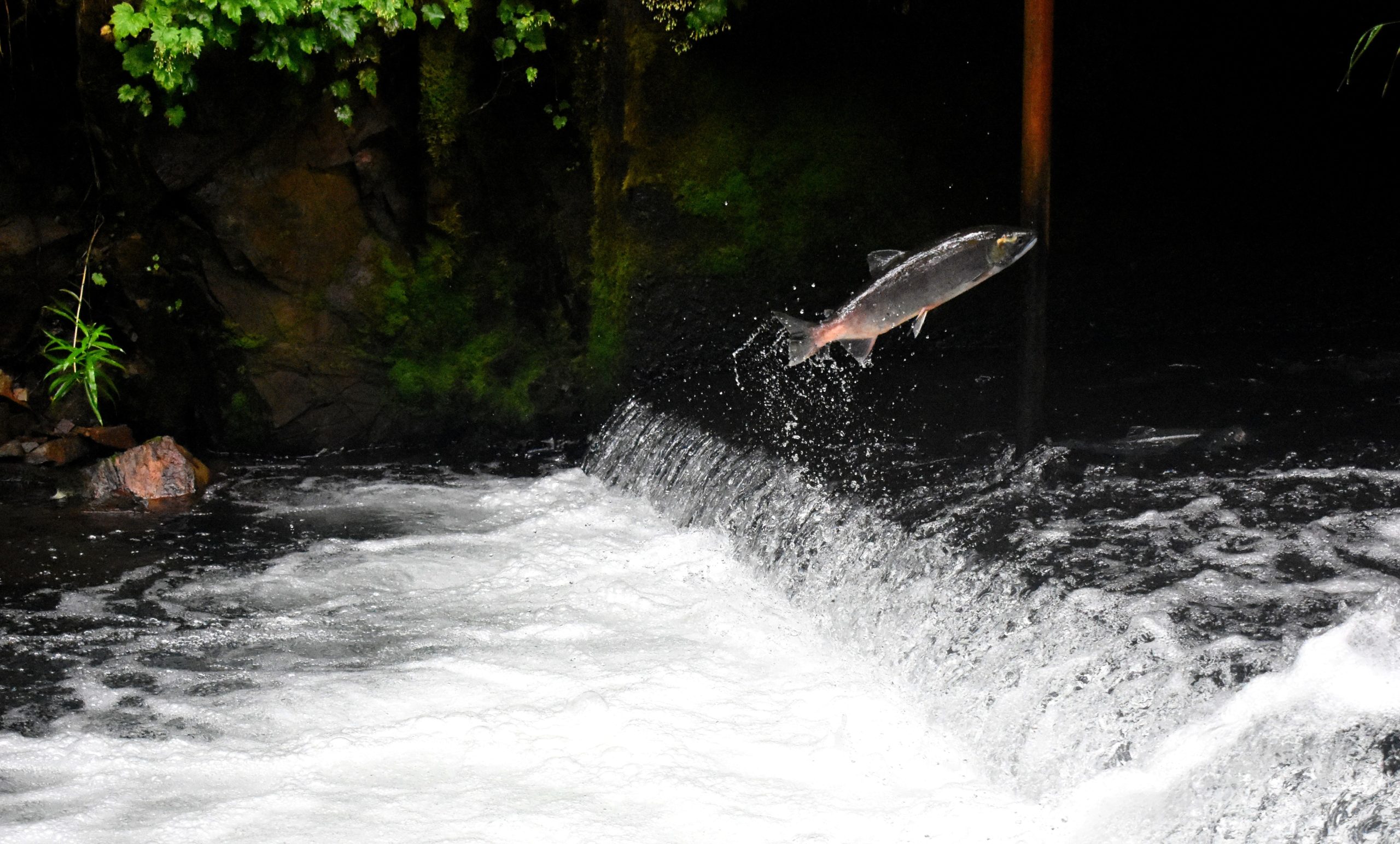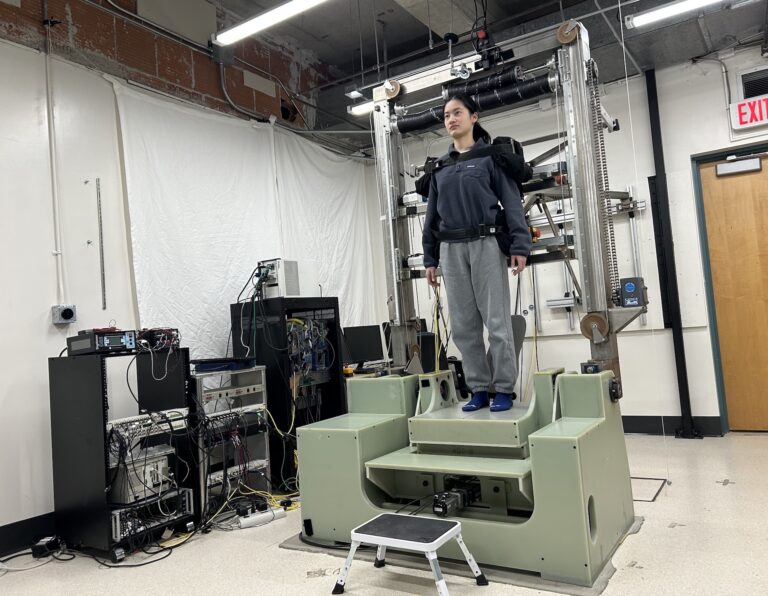Two pathogens linked to salmon health and survival in B.C.
Many wild salmon populations in B.C. have experienced substantial declines over the last three decades. New UBC research published today can help chart a course towards better protection of wild salmon.

Credit: Drew Farwell/Unsplash
Many wild salmon populations in B.C. have experienced substantial declines over the last three decades. New UBC research published today can help chart a course towards better protection of wild salmon.
The study, led by UBC faculty of forestry member Arthur Bass and using data generated by the Strategic Salmon Health Initiative, assessed dozens of pathogens in thousands of Chinook and Coho salmon sampled over a decade along the B.C. coast.
For the first time ever, researchers were able to identify the pathogens most closely linked to survival of free-ranging Pacific salmon in the ocean: Tenacibaculum maritimum, a bacterium that causes ulcerative disease in salmon and other cultured marine fish worldwide; and piscine orthoreovirus (PRV), a virus that causes disease in Pacific and Atlantic salmon worldwide, but whose impact on salmon in B.C. is vigorously debated.
“This is the first empirical evidence that PRV is negatively impacting wild Pacific salmon in B.C.,” says Dr. Bass, a postdoctoral researcher at UBC’s Pacific Salmon Ecology Conservation Lab. “These two pathogens are common on salmon farms in B.C., and recent studies provide evidence of transmission from farms to wild salmon.”
“Many studies show that high ocean temperatures impact salmon survival, but this new research shows that in some cases pathogen presence can be more important,” notes the study senior author Kristin Miller-Saunders, a molecular genetics scientist with Fisheries and Oceans Canada (DFO) and an adjunct professor of fisheries at UBC.
The research was funded by the Pacific Salmon Foundation, Genome BC and DFO and published today in FACETS.



